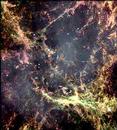 |
|
Hubble Captured the Remains of Star Explosion Located at 6500 Light Years from the Earth
|
|
 |
|
Hubble Detected a Star Called Epsilon Eridani, Located 10.5 Light Years from the Earth
|
|
 |
|
A Vicious Demon Face Covered Half of the Earth Surface
|
|
 |
|
Flaming Caused By The Collision Between Two Galaxies
|
|
 |
|
NGC4214 Star System Is Reorganized After Explosion
|
|
 |
|
Galaxy NGC4214 Exploding and Reorganizing
|
|
|
 |
|
Hubble Captured "Ant Nebula" Which is Different From other Dying Stars
|
|
|
|
|
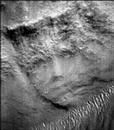 |
|
Scientif News: Mars Human Face
|
|
 |
|
The Photo Shows the Ursa Major, the Great Bear 47 - Discovered for the First Time A Star System Similar to Our Solar system
|
|
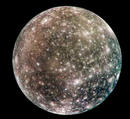 |
|
The Captured Photo of the Mercury Satellite Indicated the Planet is Dead
|
|
 |
|
Eight More Planets Found With Circular Orbits
|
|
 |
|
Scientist for the First Time Captured Spetacular Sights from both North and South Poles
|
|
 |
|
Utilizing Hubble Space Telescope, Astronomers Discovered a Star System Made Up by Dozens of Thousands Young Stars
|
|
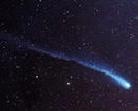 |
|
"Cometikeya£Zhang" Comet Revisited Earth - Last Visit was During Emperor Chengzu in Qing Dynasty
|
|
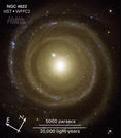 |
|
Astronomers Discovered Possible Swirling Pattern from NGC4622
|
|
 |
|
The Cosmos Continue to Expand
|
|
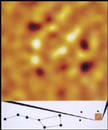 |
|
Cosmos Explosion Created Radiation Wave
|
|
 |
|
Black Hole Could be Shaped Like a Ring Shape
|
|
|
|
|
|
|
|
 |
|
Taper Nebula Suggested Formation of New Celestial Bodies - This Photo was Taken by NASA
|
|
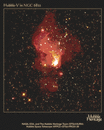 |
|
the GC6822 Irregular Star system Is One of Star System closest to our Galaxy - Considered to be the Early Irregular Cosmos Pattern
|
|
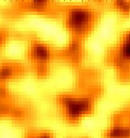 |
|
"Cosmos Background Imaging" Captured Microwave Backdrop of Cosmos Radiation
|
|
|
|
|
|
|
|
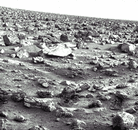 |
|
Discovery of Frozen Water in the Mars Ignited Search for Life - Photo Shows Rocks Scattered on the Mars Surface
|
|
 |
|
Astronomers Discoveried a Planet Close to Our Sun - Its mass is 3.5 to 5 times That of Jupiter
|
|
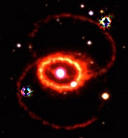 |
|
Hubble Captures a New Star System 1987A
|
|
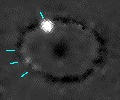 |
|
The Moving Photo Indicates A Rapidly Increasing Activities Since January 1999 to May 2002
|
|
 |
|
Hubble Captures a New Star System 1987A - Photo Indicates Hot Spot Activities Increase Rapidly
|
|
|
|
|
|
 |
|
NASA's Hubble Space Telescope Captured the "Fireworks in the Universe"
|
|
|
|
|
|
|
|
|
|
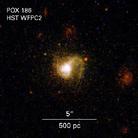 |
|
Newly Formed Galaxy: Photo Shows POX186 Galaxy Formed From About 10 Million Stars
|
|
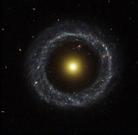 |
|
Mystery Cosmos: The Central Region of Photo, Taken by Habo Telescope, Filled with Exploding Star Clusters
|
|
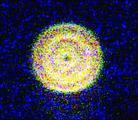 |
|
UFO Appears in Yining City, Xinjiang Autonomous Region, China
|
|
|
|
|
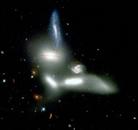 |
|
Hubble Captures a New Star System in the Process of Disintegration
|
|
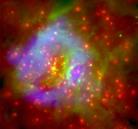 |
|
A Young Cluster of Stars 6000 Light Years from the Earth Is Forming
|
|
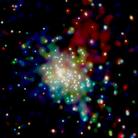 |
|
Young Star Cluster Found Aglow With Mysterious X-Ray Cloud
|
|
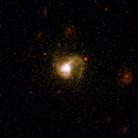 |
|
New detailed images from NASA's Hubble Space Telescope Show a New Born Star System
|
|
|
 |
|
Astnomers Observed Through NASA HETE Satellite or the First Time Gama Radiation from Explosion
|
|
|
|
|
|
|
|
|
|
|
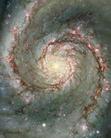 |
|
Photo of Cosmos Galaxy
|
|
 |
|
From the Trajectory of the Pioneer, Scientists Find Discrepancy Predicted by the Law of Gravity
|
|
|
|
|
|
|
|
|
 |
|
French Astronomers Detected a New Star Achernar Surprisingly Flat
|
|
 |
|
According to Scientishs, the Debris from an Explosion of the Supernova "Rho Cas" Could Create Ten Thousands Earth
|
|
 |
|
Hubble Space Telescope Successfully Captured the Universe Fire Storm
|
|
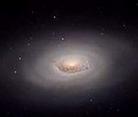 |
|
The "Sleeping Beauty" Swirling Star System in Its Formation Stage
|
|
 |
|
Scientist Discovered the Strongest Explosion of an Supernova, Creating Gama Ray Emission Exceeding the Combimed Strength of all Stars in the Milky Way
|
|
 |
|
Hubble Space Telescope Captured the Image of a Nebula
|
|
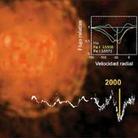 |
|
Netherland Astrnomers Have Observed a Star is About to Explode
|
|
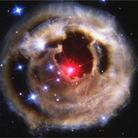 |
|
Moroceros V838 Showed Brightness 600 Thousand Times Brighter Than Usual and Has Become the Brightest Star in Our Galaxy
|
|
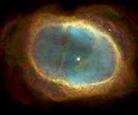 |
|
Hubble Captures NGC 3132 in the Process of Disintegration
|
|
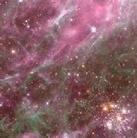 |
|
Dying Hodge 301 Nebula -Great Amount of Material Splash with Great Speed
|
|
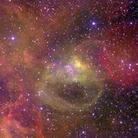 |
|
Astronomers Captured Highly Ionization Nebula
|
|
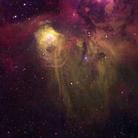 |
|
Astronomers Captured Highly Ionization Nebula
|
|
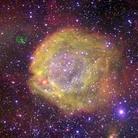 |
|
Astronomers Captured Highly Ionization Nebula
|
|
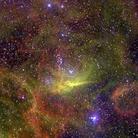 |
|
Astronomers Captured Highly Ionization Nebula
|
|
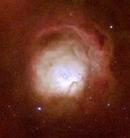 |
|
Hubble Captures a Beautiful N11A Nubula
|
|
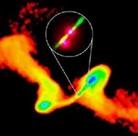 |
|
Astronomers Used Australia Telescope National Facility to Detect Two Black Holes in Merging
|
|
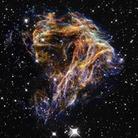 |
|
Photo Showing the Remain After an Explosion in One of Star system in Galaxy - It's Called "Firework in the Universe"
|
|
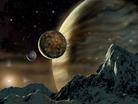 |
|
The International Planet Searching Group Discovered Planet System Similar Our Planet - Photo Showed the Artist View of a Planet Similar to Jupiter
|
|
|
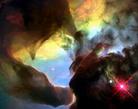 |
|
New Cosmos Theory: A Mystical Energy Acelerates the Expansion of the Universe
|
|
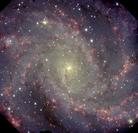 |
|
A Newly Photo Catured the Spiral Galaxy NGC 6946 which Emitting Multi-color Fireworks
|
|
|
|
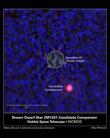 |
|
Hubble Telescope Took the Image of the Planet at Hydra About 225-Light-Years Away from Earth. The Planet is Circling the Brown Dwarf Star
|
|
|
|
 |
|
On December 21, 2004, NASA Found a Young Star System in the Vincinnity of the Milky Way
|
|
|
|
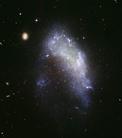 |
|
Hubble Detected a Small Milky Way Galaxy Located 62 Million Light Years Away on the Verge of Destruction
|
|
|
|
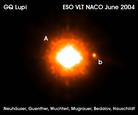 |
|
Astronomers Published a Photo of a Planet Outside Our Solar System
|
|
|
|
